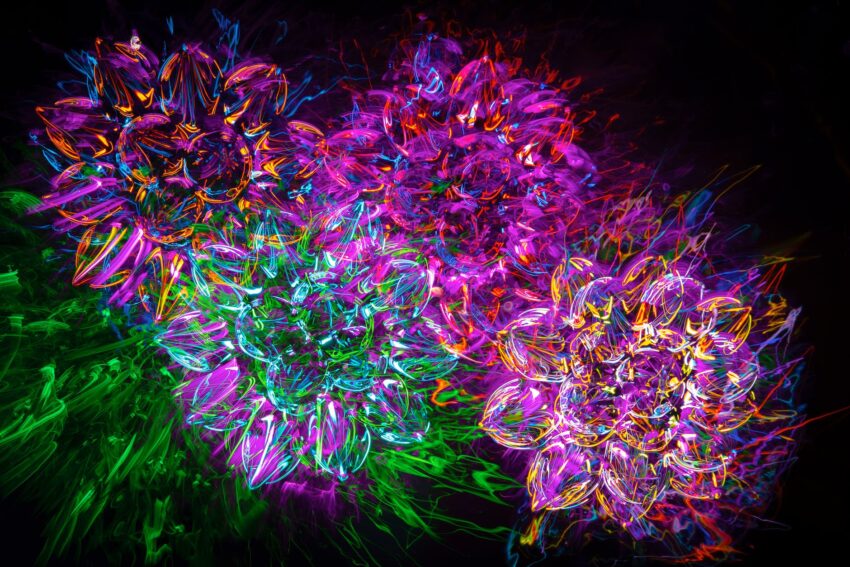Shamanism, one of the oldest forms of spiritual practices, is tethered to native traditions around the globe. From the jungles of the Amazon to the frozen tundra of Siberia, diverse cultures have explored altered states of consciousness to improve their understanding of the world. One vital component often tied to shamanic practices is the use of plant medicine, including a variety of psychedelics, as a vehicle for spiritual journeys and healing.
Shamanic rituals integrate the use of plant substances, creating bridges to a realm beyond ordinary realities. The shaman, or spiritual guide, journeys into these realms to retrieve valuable insight, stimulate healing, or commune with spirits on behalf of an individual or community. Psychedelics aid these process by inducing the desired altered states of consciousness.
Psychedelics have been hinged on shamanic practices for millennia, transcending the barriers of time and culture. Hallucinogenic fungi and plants, such as magic mushrooms (psilocybin), Peyote, Ayahuasca, have played a central role in these indigenous rites. These plant medicines, revered as powerful spiritual tools, facilitate an immersive experience that connects the user with the realm of spirit.
One of the most popular psychedelics used in these spiritual voyages is Ayahuasca. This brew, native to the Amazon rainforest, contains, DMT, an exceptionally potent psychedelic. Used in various rituals, Ayahuasca is believed to facilitate profound visionary experiences and spiritual revelations, often described as rebirth.
On the other hand, Peyote, a small spineless cactus, has been used for centuries by indigenous North American tribes such as the Huichol and the Navajo. Containing the naturally occurring hallucinogen mescaline, Peyote is often used in traditional ceremonies for its psychoactive effects, believed to promote deep self-exploration and healing.
Amid these practices, it’s crucial to reflect upon the importance of guidance offered by shamans. Shamanic traditions are built on centuries of knowledge, carefully passed from one generation to the next. These rituals go beyond simple ingestion of a psychedelic substance; they incorporate a vast range of ceremonial practices, prayers, chants, and physical acts that together facilitate a holistic spiritual journey. Shamans, being skilled and experienced spiritual navigators, contribute significantly to the safe and meaningful exploration of these altered states of consciousness.
A growing body of research accentuates the beneficial effects of psychedelics. They are being recognized for their potential to help treat conditions like depression, anxiety, PTSD, addiction, and even existential distress caused by life-threatening diseases. These healing potentials of psychedelics are not new but are rather a restatement of what indigenous societies practicing shamanism have known for centuries.
What’s more, these practices spark conversations about the increasingly blurred lines between spirituality and science. Scholars and enthusiasts are finding parallels between traditional shamanic experiences and contemporary understandings of psychology and neurology. These discoveries open up exciting, new pathways for continued exploration and dialogues.
However, the usage of psychedelics is not without controversy. Issues around legality, ethics, and safety persist. Beyond these, misappropriation of native traditions is a growing concern. It’s imperative to foster respect and appreciation for these ancient customs, honour their origins, and prevent their exploitation.
Psychedelics have an enduring history entwined with shamanism. They act as gateways to transcendental realms, facilitating exploration, spiritual growth, and healing. As we delve deeper into these rituals’ wisdom, it becomes increasingly important to respect and protect these indigenous traditions, recognizing their invaluable contribution to human spirituality and consciousness.
To conclude, the intersection of psychedelics and shamanism is a compelling testament to our unending quest for understanding, healing, and connection. As we continue to explore these terrains, we uncover profound wisdom about ourselves, our minds, and the world that transcends time and culture. Learning from these ancient rituals, we allow for a richer, more varied perspective on the human experience, leading us closer to collective awakening and transcendental unity.
